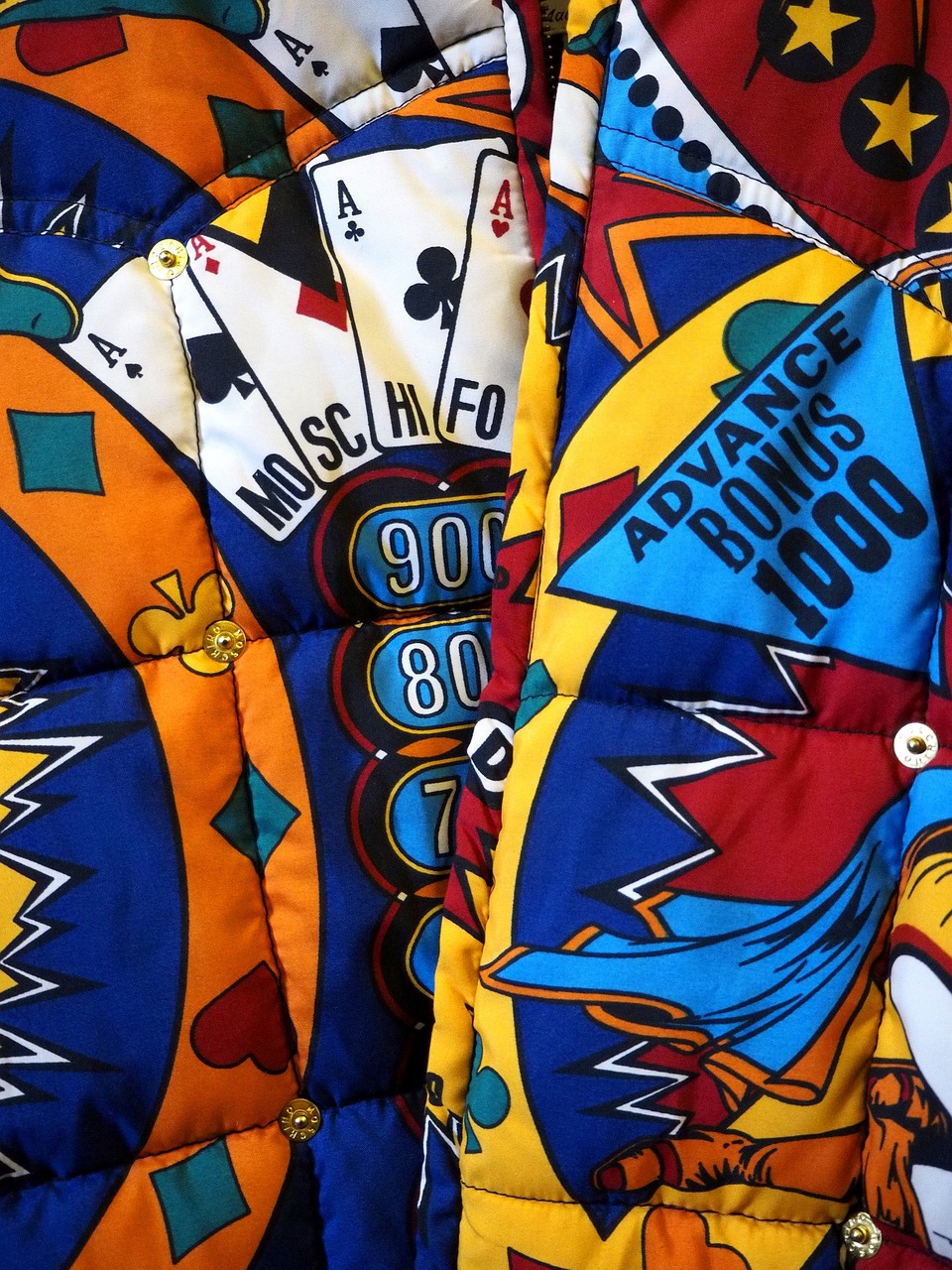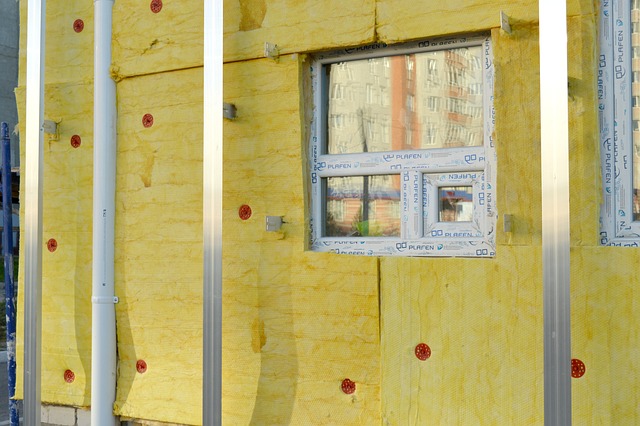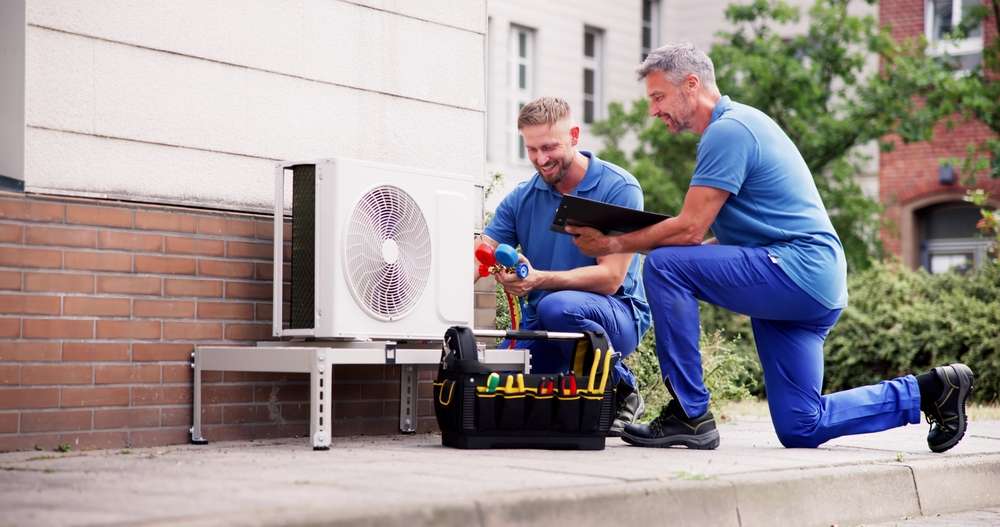Unraveling the Intricate Patterns of Patchwork in Modern Fashion
As we dive into the realm of fashion, one can't help but notice the resurgence of a time-honored technique, patchwork. This artistic style, once a symbol of thrift and practicality, has now taken the fashion world by storm, providing a vibrant and unique aesthetic that appeals to the modern, fashion-forward individual.

The History of Patchwork
Patchwork, or pieced work, is a process of sewing small pieces of fabric together to create a larger design. Originating as a practical solution for reusing worn-out clothing, this technique has humble roots dating back centuries. However, the charm and uniqueness of patchwork were soon recognized, and it began to be used decoratively in quilting and clothing. By the 1960s and 1970s, patchwork had become synonymous with the bohemian style, reflecting a sense of individuality and creativity.
Patchwork’s Fashionable Comeback
In recent years, patchwork has made a remarkable comeback in the fashion industry. Designers are increasingly incorporating this technique into their collections, blending tradition with innovation to create statement pieces that resonate with contemporary buyers. From patchwork denim jeans and jackets to intricate patchwork dresses, this trend is everywhere, signaling a shift towards more personalized and artistic fashion.
The Appeal of Patchwork
The appeal of patchwork lies in its ability to tell a story through fashion. Each piece of fabric carries its own history and character, and when combined, they form a unique narrative that is both visually striking and emotionally resonant. Additionally, patchwork allows for endless creativity and customization, making it a favorite among fashion enthusiasts who value individuality and personal expression.
The Evolution and Influence of Patchwork
Over time, patchwork has evolved from a practical technique to an artistic expression. This transformation has been driven by various factors, including sustainability concerns and a growing appreciation for handmade, artisanal goods. Today, patchwork is not just a fashion trend—it’s a reflection of broader cultural shifts towards authenticity, creativity, and conscious consumption.
The Future of Patchwork
Looking ahead, it’s clear that patchwork will continue to play a key role in fashion. As consumers increasingly seek unique, personalized items that reflect their values and personality, the demand for patchwork designs is likely to grow. Moreover, with its inherent sustainability and potential for creative expression, patchwork stands at the intersection of several key fashion trends, making it a trend to watch in the coming years.
Styling Tips for the Patchwork Trend
- Start with patchwork accessories: If you’re new to patchwork, try starting with a patchwork bag or scarf to add a pop of color and texture to your outfit.
- Mix and match: Don’t be afraid to mix different fabrics and patterns. The beauty of patchwork lies in its eclectic charm.
- Keep it simple: If your patchwork piece is very colorful or busy, pair it with simple, neutral items to let it stand out.
- Wear it with confidence: Like any bold fashion trend, the key to pulling off patchwork is to wear it with confidence.
In conclusion, patchwork is more than a fleeting trend—it’s a celebration of individuality, creativity, and sustainability. As we continue to navigate the ever-changing fashion landscape, one thing is certain: this age-old technique, with its rich history and modern relevance, is here to stay.




